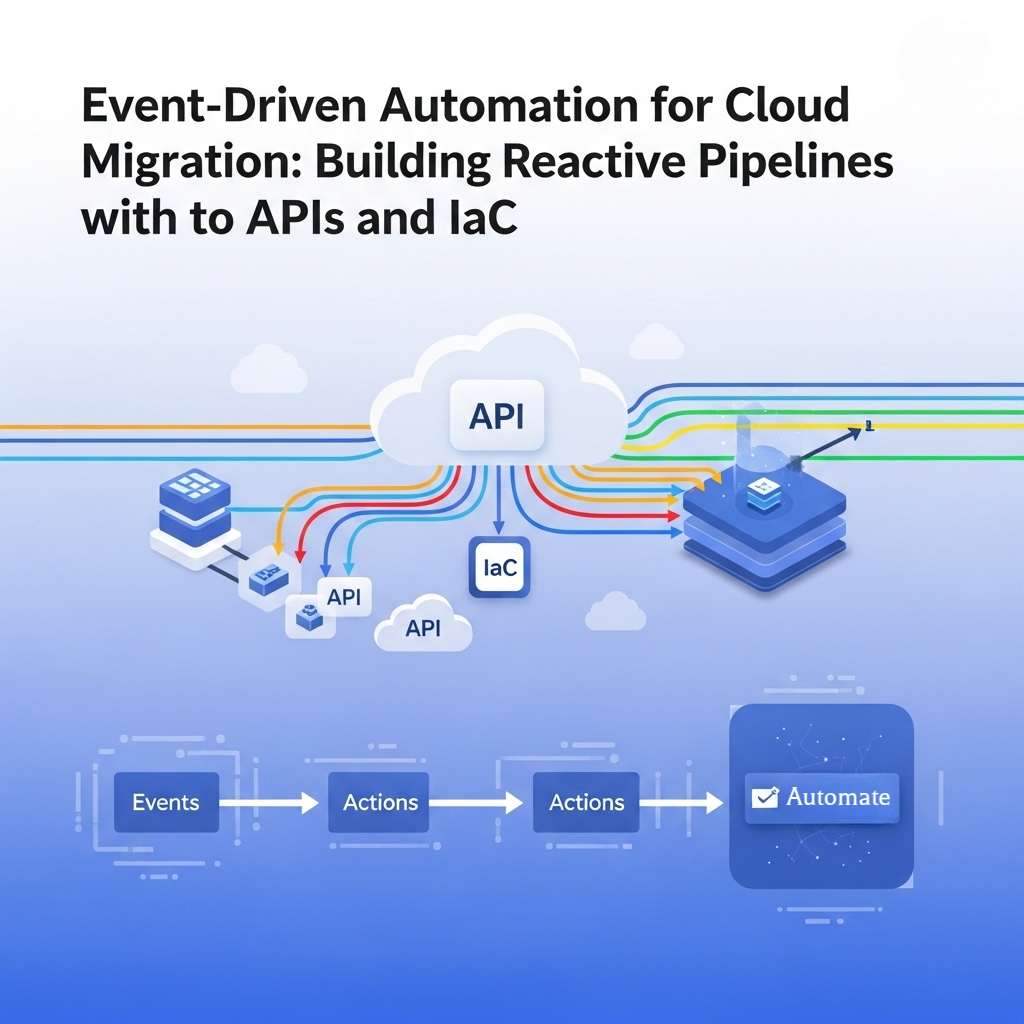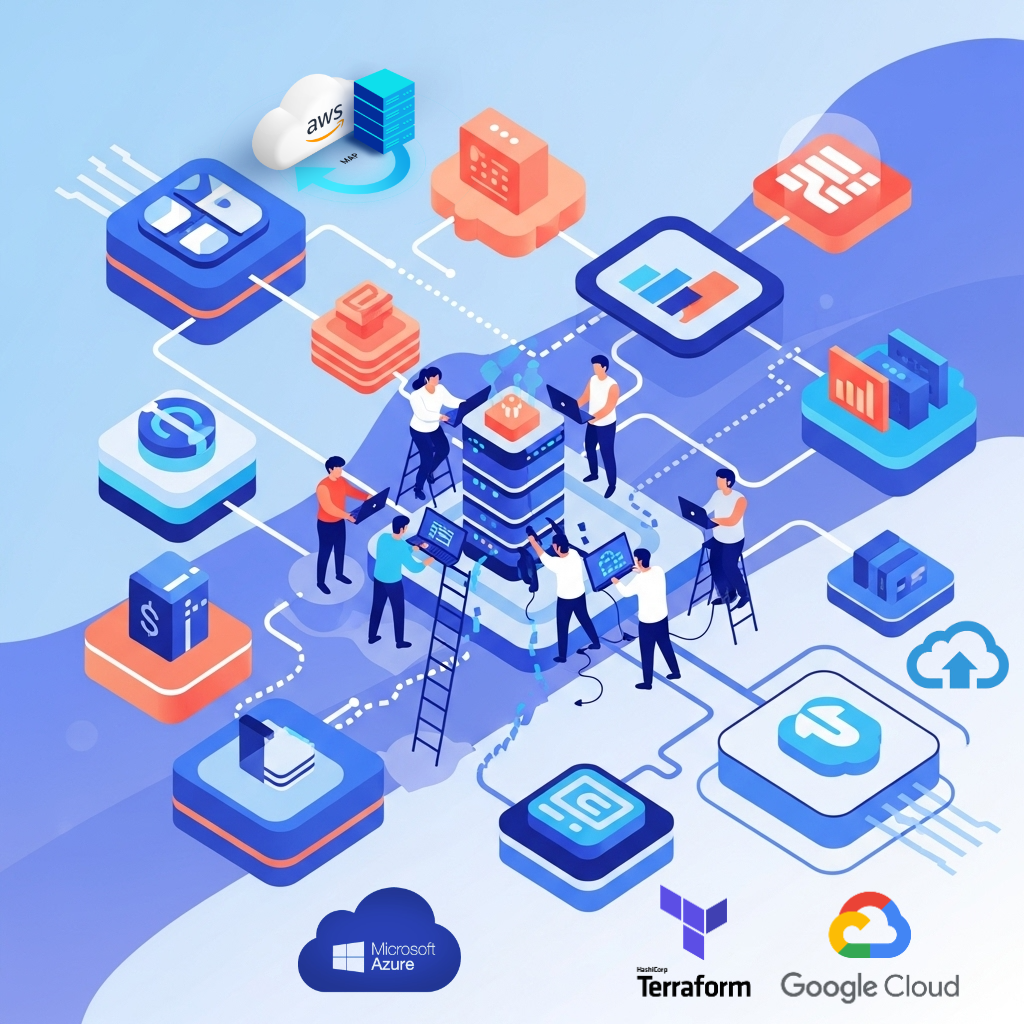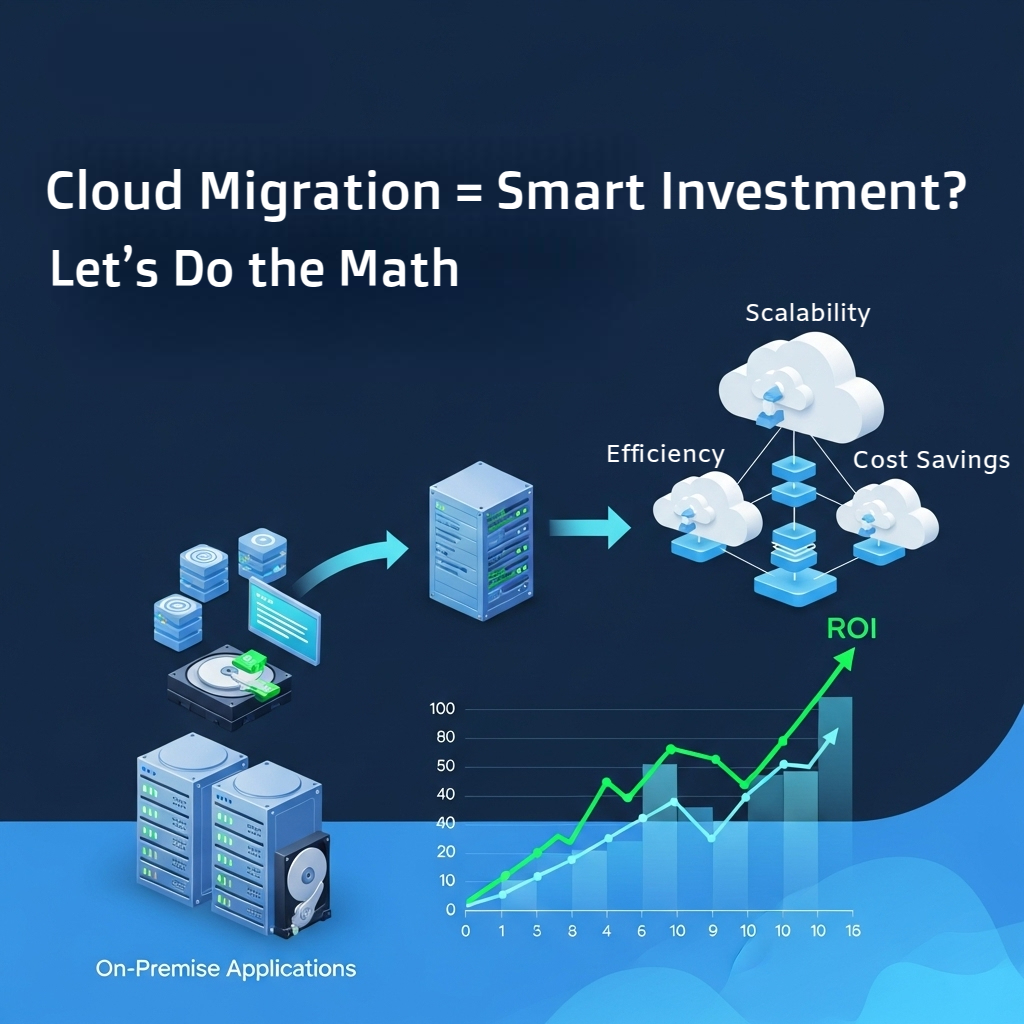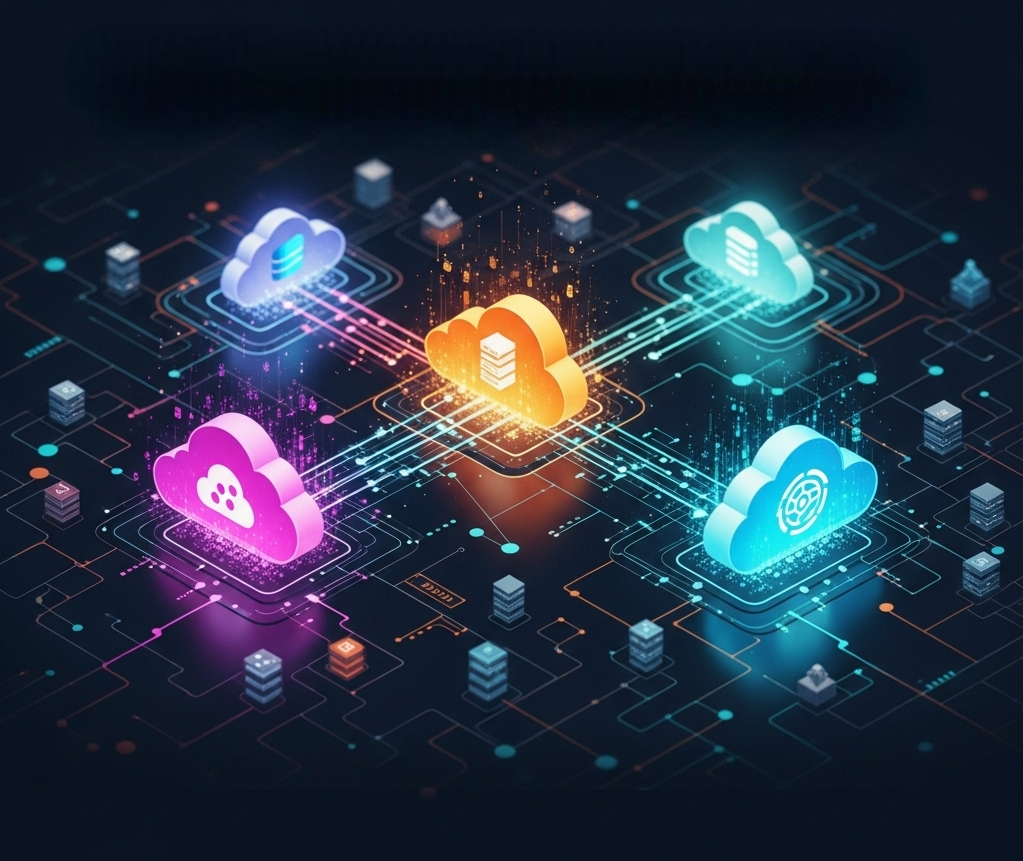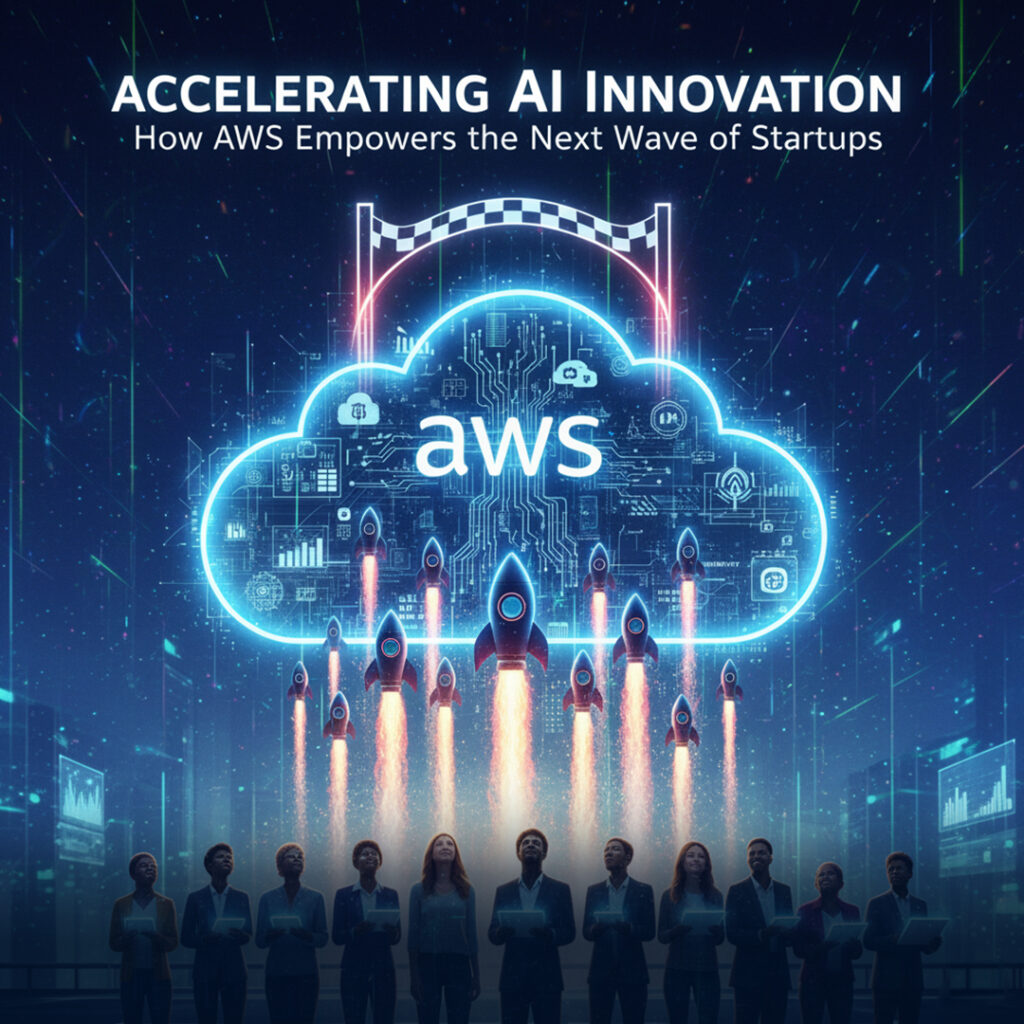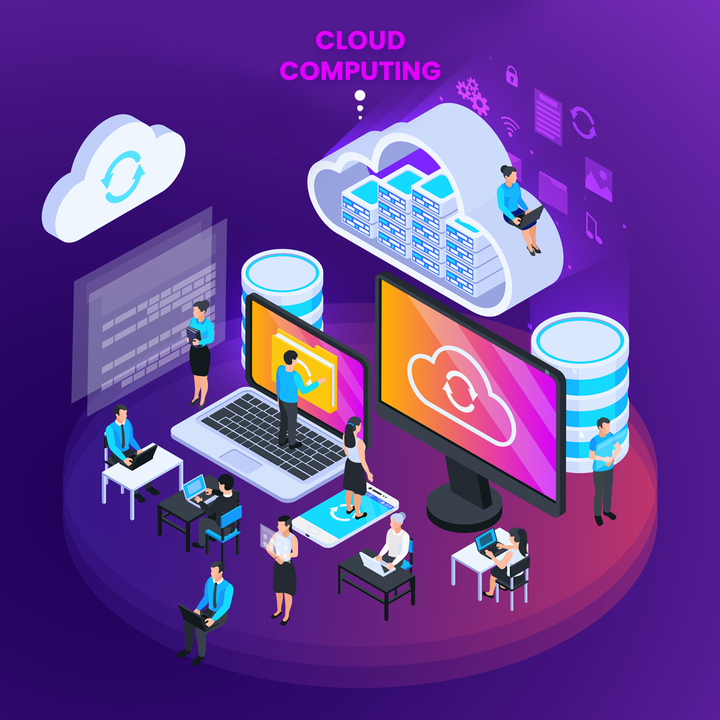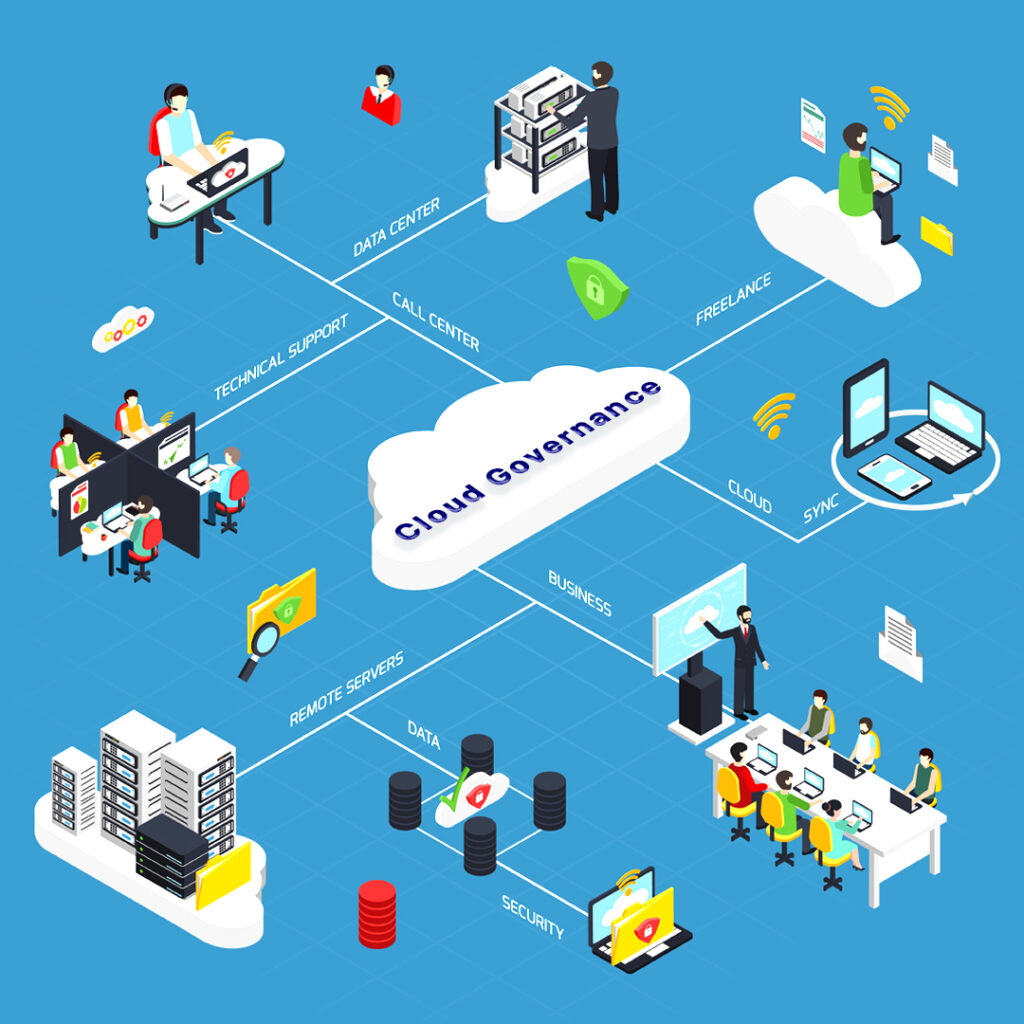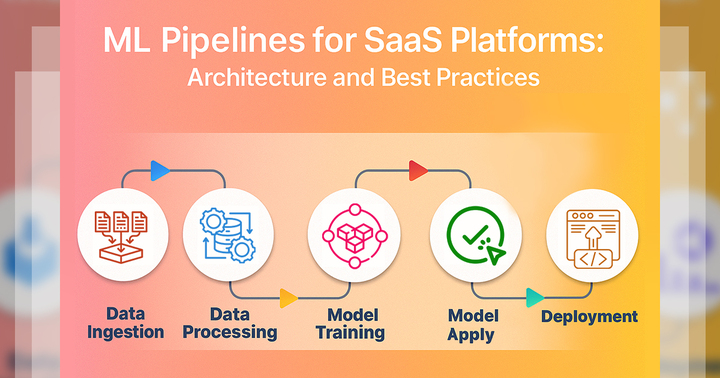
ML Pipelines for SaaS Platforms: Architecture and Best Practices
The rise of AI and machine learning has completely changed how you build, scale, and deliver SaaS applications. What was once a simple cloud-based service is now becoming an intelligent, data-driven ecosystem that learns and adapts to user behaviour. As businesses compete to offer faster, smarter, and more personalized experiences, traditional SaaS models begin to show their limits. Manual workflows, slow updates, and one-size-fits-all designs can no longer meet user expectations in today’s dynamic digital world.


